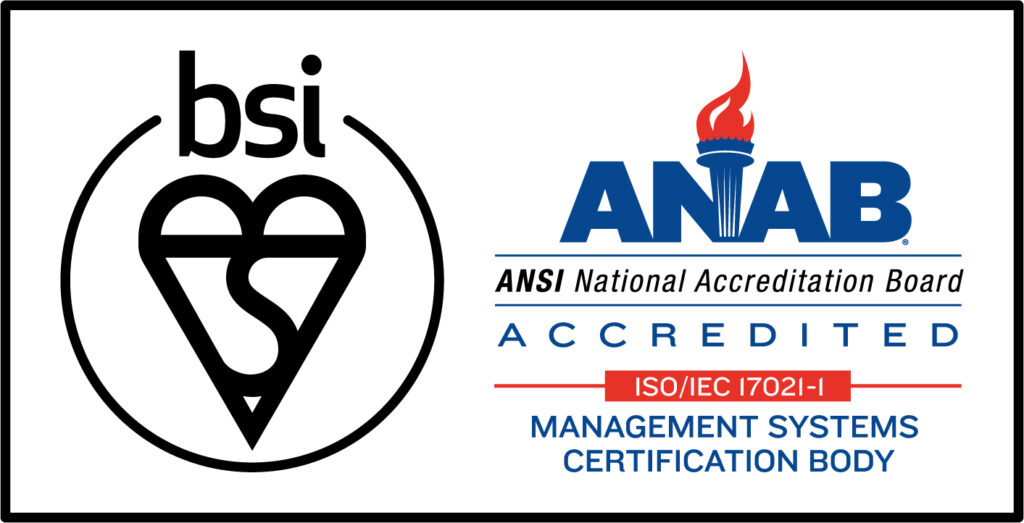Micromanaging is a term that is often used in the corporate world to describe overly controlling management styles. It refers to the process of closely supervising or directing the work of employees, People often underestimate the importance of this step, but it is crucial if you want to avoid any potential misunderstandings or mistakes. By being thorough and specific, you can avoid a lot of headaches down the road.

目次
ToggleExamples of micromanaging
Micromanaging is when you micromanage or excessively control every small detail of a project or task. This can often lead to problems because it can stifle creativity and innovation and cause frustration among team members.
1.Examples of Micromanaging include:
- Excessively monitoring progress and giving constant feedback.
- Making all decisions instead of delegating or allowing team members to make decisions.
- Doing tasks yourself instead of trusting team members to do them.
- Not allowing team members to take risks or be creative.
Micromanaging can be frustrating and overwhelming, especially if you’re on the receiving end of it. If you’re constantly being micromanaged, it’s important to communicate with the person doing the micromanaging. Let them know how their behavior is impacting you and see if there’s a way to work together to find a solution that works for both of you.
2.Causes of Micromanaging
Micromanaging can have many causes, including lack of trust, fear of failure, and difficulty delegating tasks. It can also be a result of poor communication between managers and employees.
To understand the causes of micromanaging, it’s important to consider why it occurs in the first place. All too often this behavior is driven by fear – either fear that staff won’t be able to complete tasks correctly, or fear that something will go wrong if left unchecked.
3. Negative effects of Micromanaging Possibility of team collapse

Micromanaging has a great risk of team collapse. Team members must have many complaints and stress. Those may encourage them to withdraw from the team. Or they might become depressed.
This management might lead to a great brow to not only the project but also the company.
Losing creativity and productivity
If members can endure the micromanagement, their motivation must be low. There is no one that maintains high motivation regardless of unnecessary scolding from their manager.
Many cannot be creative and productive in such a situation. Also, it reduces the chance of communication between team members. It loses the possibility of a more wonderful project.
Delay in progress
Micromanagement might cause a delay in delivery. There are some reasons.
First, the instruction from the manager might be incorrect. Managers often have less expert knowledge than other members.
Second, micromanagement might cause some trouble. Handling them may take a lot of time.
Third, the necessary workload increases because it requests many unproductive reports and explanations.
Finally, micromanagers may focus on minor details excessively and lose sight of the big picture.
Signs of Micromanagement
Here is a list of the most prevalent traits that demonstrate that you are either micromanaged or that you are the one who is micromanaging:
1. Micromanagers refrain from delegating and interfere with their employees' work
Micromanagers cannot delegate tasks and excessively interfere with their employees’ work. They tend to adhere to their own method and do not accept others.
2. Micromanagers hold long meetings
Many projects have regular meetings to make sure progress. However, shorter meetings are preferred because the project does not advance at this time.
However, micromanagers adhere to trivial things and prolong them.
3. Micromanagers request frequent reports
They want to check the progress in real-time and address any problems immediately even if it is trivial. This thought is not bad but they forget the cost of reporting. It is not efficient to report all things.
4. Micromanagers do not listen to the other person’s opinion
They are very particular about work and believe in their own method. This is why they do not listen to other people.
Strategies to Avoid Micromanaging

Being a manager can be a challenge, especially when it comes to managing your team effectively. Micromanaging is one of the most common mistakes that managers make, leading to decreased morale and productivity within their team. Fortunately, there are strategies to avoid micromanaging and ensure that you’re staying on top of your responsibilities as a manager while still providing support to your team.
1. Placing importance on not the way but deliverables
For project progress, it is deliverables that is important, not the way of it. Manage the project based on the deliveries. Clear what is necessary and make sure they are completed within the estimated time.
2. Having a clear roadmap and evaluation criteria for intervention
To make sure the goal will be achieved on schedule, make the roadmap, necessary tasks and deadlines. If the tasks are completed as the roadmap, you do not have to complain to the members.
3. Clarify information necessary for progress management
When checking the progress, you might get into a quarrel over trivial things and waste time. To avoid it, make sure what is important in advancing the project and what is not. Then, share with members what information you need.
Best Alternative Managing tool VoicePing
Micromanaging can be a time-consuming and inefficient process, but it is often necessary for businesses to ensure that their employees are on the same page. Fortunately, there is an innovative alternative available today: VoicePing. VoicePing is an easy-to-use messaging platform that helps managers communicate with their team members quickly and efficiently. It enables organizations to significantly reduce their reliance on inefficient micromanaging tools while improving collaboration in the workplace.
Micromanaging is often a necessary evil in business, as it ensures that employees are on the same page and following through with tasks. While this can be an incredibly time-consuming process, there are alternatives available to help make the most of your time. VoicePing is one such tool, providing an effective way to increase communication and organization between team members without having to worry about micromanagement.
VoicePing offers an efficient solution for businesses looking to streamline their operations and ease micromanagement workloads. It allows teams to coordinate in real-time throughout different departments within the company, helping ensure that everyone is up-to-date on what needs to be done at any given moment. This allows managers to save time sending emails or messages back and forth while still making sure that all tasks are being completed on time.
VoicePing is the perfect solution. This app allows all team members to work in one virtual space, equipped with the tools needed to work productively. So why not give VoicePing a try? You and your team will be glad you did.
Conclusion
If you’re a manager, it’s important to be aware of different management styles and when to use them. Micromanaging is a style that involves close supervision and control of employees. This can be effective in some situations, but it can also lead to negative outcomes like decreased morale and motivation. If you think you might be micromanaging, it might be helpful to take a step back and give your employees more autonomy.





